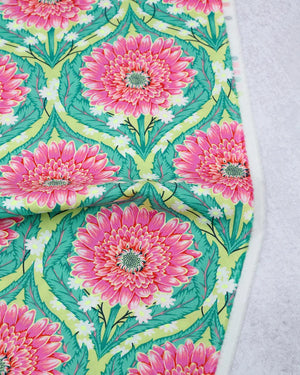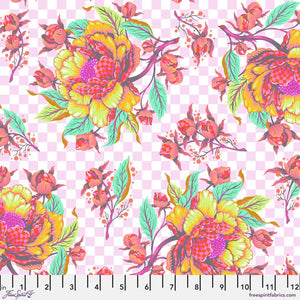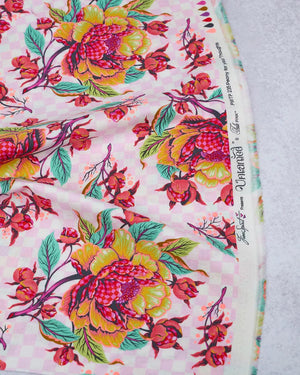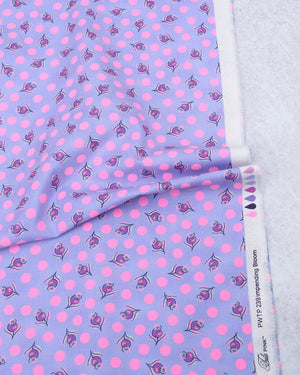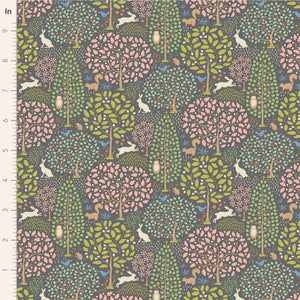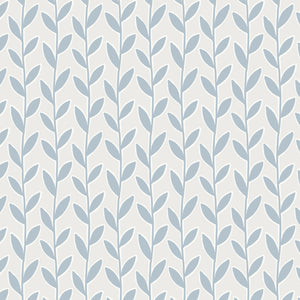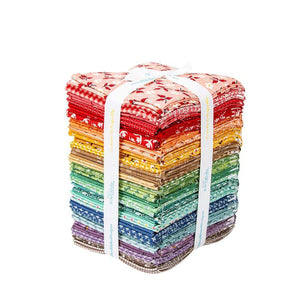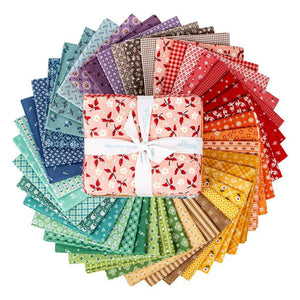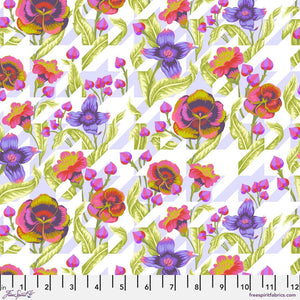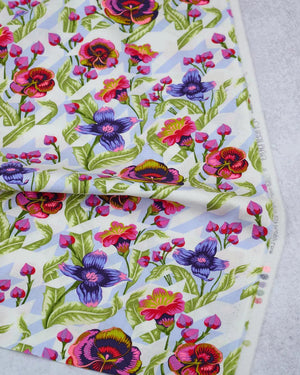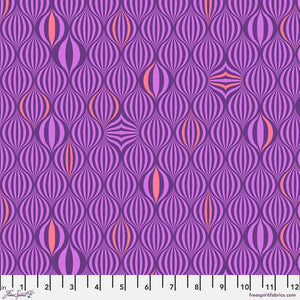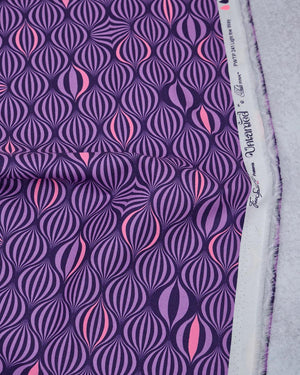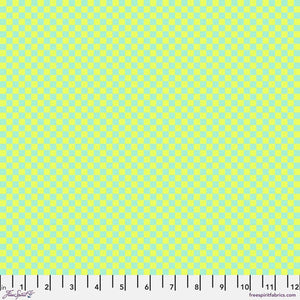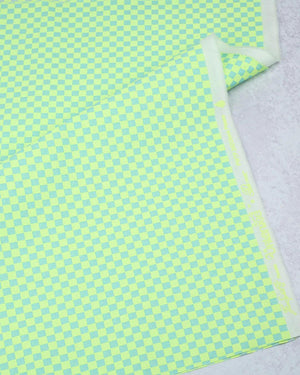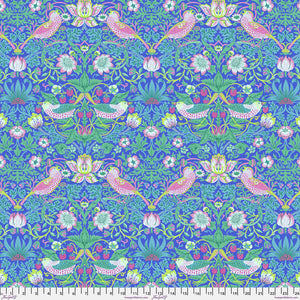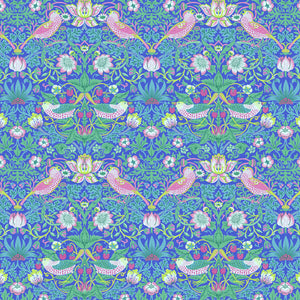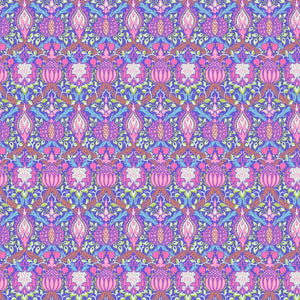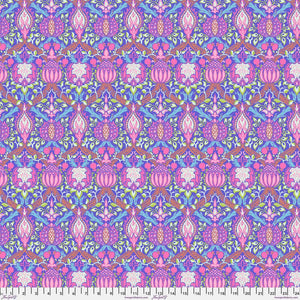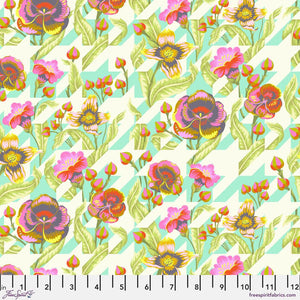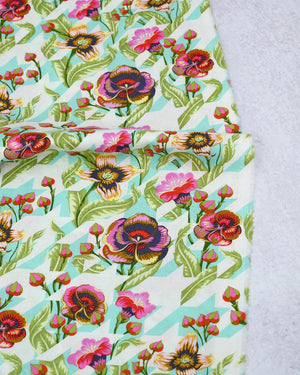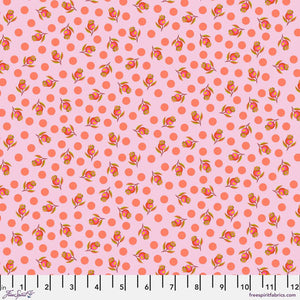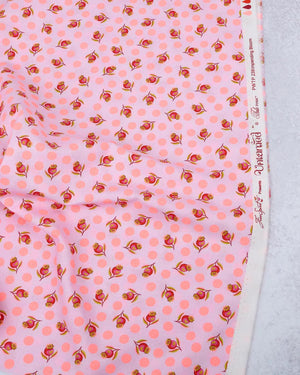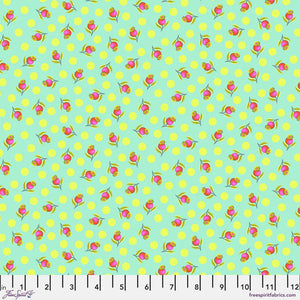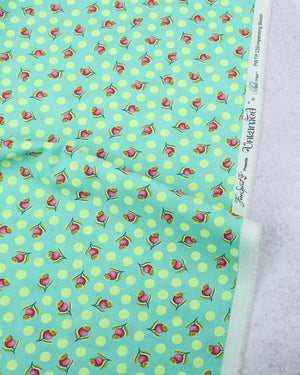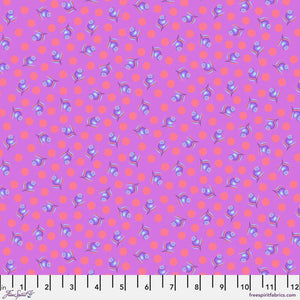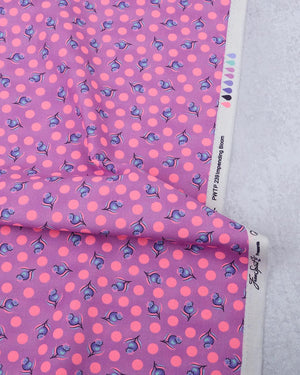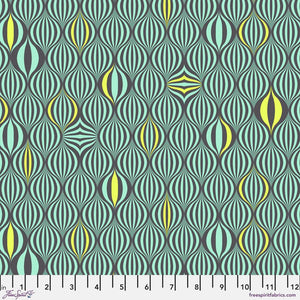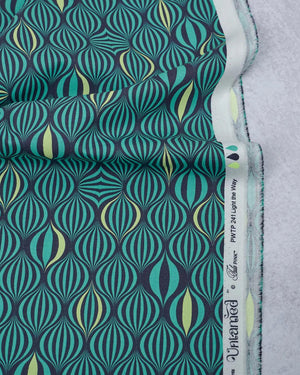Sewing fabric is a delightful craft that allows you to express your creativity and bring your ideas to life.
Whether you're a beginner or an experienced seamstress, understanding different types of fabric and mastering sewing techniques can enhance your projects and elevate your skills.
Choosing the Right Fabric for Your Sewing Projects
When embarking on a sewing project, selecting the right fabric is critical. There are various types of fabrics, each with unique properties. Cotton fabric is a popular choice for beginners due to its versatility and ease of handling. For more advanced projects, consider working with silk or linen, which require different sewing techniques due to their delicate nature.
Essential Sewing Tools and Accessories
Having the right tools can make sewing fabric easier and more enjoyable. Invest in high-quality sewing machines that cater to your specific needs. Additionally, gather essential accessories such as fabric scissors, pins, and sewing patterns, which are crucial for successful fabric sewing.
Understanding Fabric Types
Different sewing projects require different types of fabrics. Here are some categories to consider:
- Cotton Fabric: Ideal for quilting, apparel, and home decor. It's easy to cut, sew, and press.
- Knits: Perfect for comfortable clothing, knits stretch and require special techniques for sewing.
- Woven Fabrics: These fabrics are strong and durable, commonly used for trousers, shirts, and jackets.
- Synthetic Fabrics: Such as polyester and nylon, these fabrics are often used for outdoor gear and activewear due to their moisture-wicking properties.
Sewing Techniques for Different Fabrics
Each fabric type requires specific techniques to achieve the best results. For example, when sewing knits, a stretch stitch or serger can help maintain the fabric's elasticity. In contrast, when working with silk, you need to be cautious with seams to prevent slipping and puckering.
Tips for Successful Sewing
- Prewash Your Fabric: Always prewash your fabric to avoid shrinkage after your project is complete.
- Use the Correct Needle: Selecting the right sewing needle for your fabric type can prevent damage and ensure smoother stitching.
- Practice Makes Perfect: If you're trying a new fabric or a technique, consider practicing on scrap pieces before working on your final project.
Staying Organized in Your Sewing Space
A well-organized sewing space can greatly enhance your productivity. Use labeled storage bins for your fabrics, threads, and tools. Keeping everything in order not only streamlines your workflow but also inspires your creativity.
Embarking on the journey of sewing fabric is not just a practical skill—it's a fulfilling and creative endeavor that opens up a world of possibilities. The first step towards enjoying this art form is learning how to carefully select the right fabric for your projects. Different fabrics, whether it's soft cotton, luxurious silk, or sturdy denim, can dramatically change the look and feel of your finished piece.
Equipping yourself with the proper tools is equally essential. Investing in quality scissors, a reliable sewing machine, and an assortment of needles and threads can make your sewing experience smoother and more enjoyable. Each tool plays a unique role in the crafting process, and understanding how to use them effectively can elevate your work.
Moreover, mastering various techniques, from basic stitches to more advanced methods like quilting or appliqué, allows you to expand your skill set and tackle more complex projects. As you experiment with patterns, textures, and colors, you’ll develop a personal style that reflects your individuality and creativity.
As you immerse yourself in the art of sewing, you'll not only create beautiful items—such as clothing, home décor, or gifts for loved ones—but also experience the joy of bringing your ideas to life with every stitch. So, embrace this rewarding craft and let your imagination soar as you transform fabric into cherished creations that can be treasured for years to come!








 Filters
Filters




